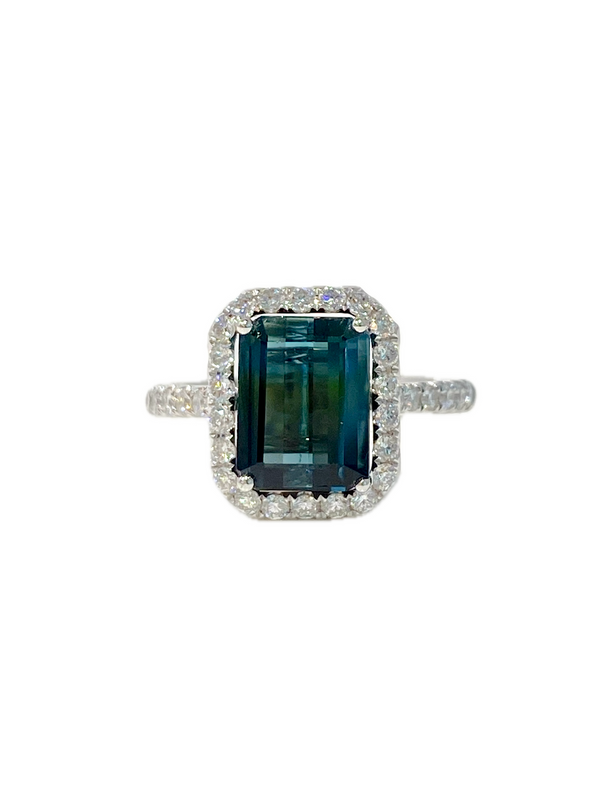The History and Mystique of Emeralds: A Timeless Gemstone
The History and Mystique of Emeralds: A Timeless Gemstone
Blog Article
The History and Mystique of Emeralds: A Timeless Gemstone
Emeralds are among probably the most charming gems, celebrated not only because of their impressive green shade but also due to their geological story. These precious stones fit in with the beryl family, which also contains aquamarine and morganite. Why is tourmaline particularly stimulating is the initial combination of problems needed for their development, in addition to the functions that set them apart from other gemstones.
Formation of Emeralds
Emeralds form under specific geological situations over countless years. Their development typically does occur in metamorphic stones, which are formed from the change of present stones because of heat and pressure. The essential substances for emerald formation contain beryllium, metal, silica, and a variety of other things, especially chromium and vanadium. These trace elements provide emeralds their characteristic green hue.

The process begins in hydrothermal veins, where mineral-rich hot water percolates through chips in the rock. Whilst the water cools, beryllium-rich nutrients crystallize. When chromium or vanadium exists, they replace a few of the beryllium in the crystal lattice, resulting in the vivid natural shade for which emeralds are renowned. This complicated interplay of aspects is what makes the treasure not only wonderful but also somewhat rare.
Emerald remains are present in many parts around the globe, with Colombia being probably the most famous source. The unique geological conditions in the Andes hills create the best atmosphere for making a few of the highest-quality emeralds. Other notable resources include Zambia, Brazil, and Afghanistan, each adding different characteristics with their emeralds centered on local vitamin material and development processes.
Special Options that come with Emeralds
One of the very exclusive top features of emeralds is their understanding, or lack thereof. Many emeralds include inclusions, often referred to as jardin, a French expression meaning yard, which identifies the elaborate internal habits formed by the stuck minerals. These inclusions, while often viewed as problems, may enhance the gem's figure and individuality, making each emerald one-of-a-kind.
The hardness of emeralds, scored at 7.5 to 8 on the Mohs scale, also pieces them apart. While they're sturdy enough for daily wear, their central breaks will make them more prone to damaging compared to different rocks like diamonds. This duality gives for their allure: they are both precious and delicate.

Moreover, emeralds present a phenomenon referred to as pleochroism, which allows them to display various colors when seen from various angles. This quality can produce a magical level and complexity in the rock, charming jewel enthusiasts and lovers alike.
Finally, the symbolic significance of emeralds cannot be overlooked. During history, they have been related to renewal, fertility, and love. Their wealthy natural color evokes the vibrancy of character, putting for their appeal.
Conclusion
Emeralds are not only beautiful rocks; they're the result of a interesting geological method and possess unique features that produce them stay out. Knowledge the technology behind their formation and the faculties that determine them deepens our appreciation for these precious stones, making them a treasured improvement to any collection.
Report this page